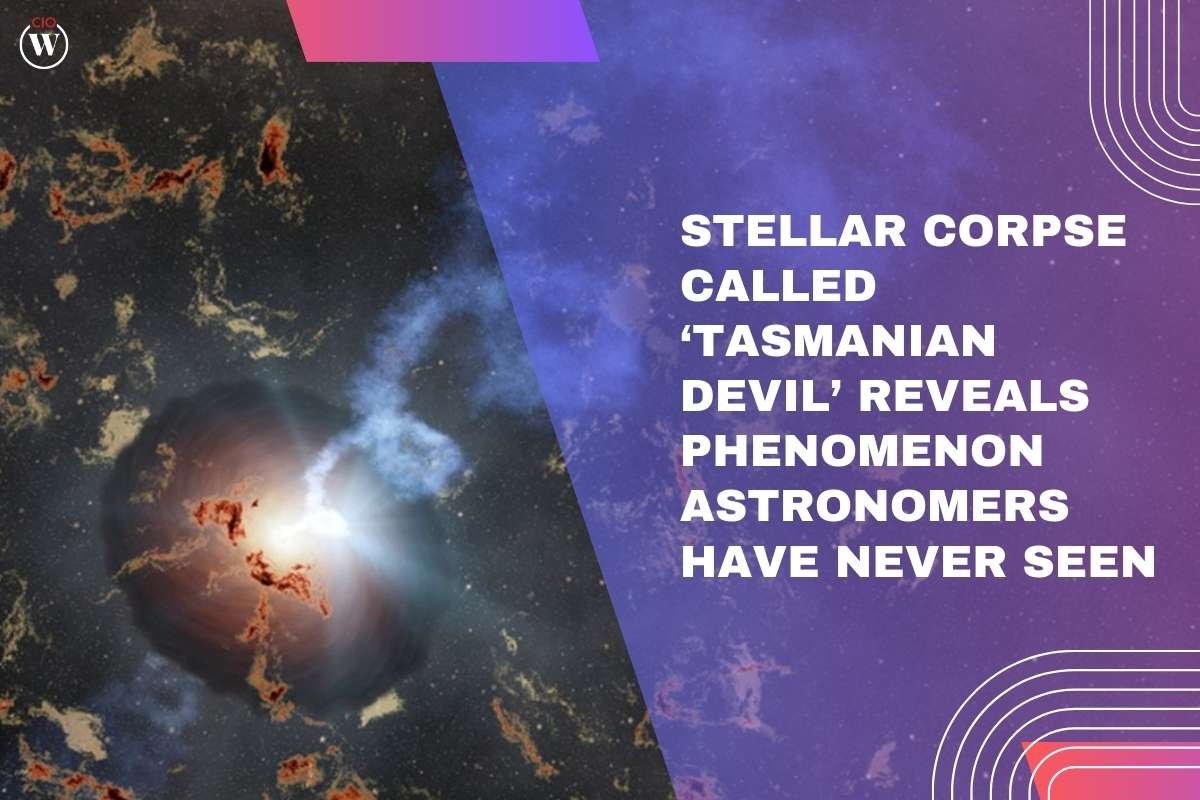The cosmos is teeming with extraordinary phenomena, and among the most peculiar and rare events ever observed is the “Tasmanian devil.”
Several months after astronomers witnessed the explosion of a distant star, they made an unprecedented discovery: energetic manifestations of life emanating from the remains of the stellar corpse, situated approximately 1 billion light-years away from Earth. The short-lived, intense flares exhibited power equal to the original event that led to the star’s demise.
Termed the “Tasmanian devil” by astronomers, this celestial entity was observed undergoing repeated explosions following its initial detection in September 2022.
Reaching their peak brightness and fading within days
Contrary to a typical supernova, characterized by the increasing brightness of a star that explodes and expels most of its mass before perishing, the initial stellar explosion that caused the Tasmanian devil’s death was an uncommon type called a luminous fast blue optical transient, or LFBOT.
LFBOTs shine brilliantly in blue light, reaching their peak brightness and fading within days, whereas supernovas may take weeks or months to diminish. The Tasmanian devil, however, has proven even more peculiar, prompting astronomers to question the processes underlying these recurrent explosions.
Lead study author Anna Y.Q. Ho, assistant professor of astronomy at Cornell University, expressed amazement at the unexpected behavior of the Tasmanian devil, stating, “Amazingly, instead of fading steadily as one would expect, the source briefly brightened again — and again, and again. LFBOTs are already a kind of weird, exotic event, so this was even weirder.”
The recent findings on the Tasmanian devil LFBOT, officially designated AT2022tsd and observed with 15 telescopes globally, were published in the journal Nature.
The extreme explosions just kept happening
Jeff Cooke, a study coauthor and professor at Australia’s Swinburne University of Technology, remarked on the mysterious energy emitted by LFBOTs, stating, “(LFBOTs) emit more energy than an entire galaxy of hundreds of billions of stars like the Sun. The mechanism behind this massive amount of energy is currently unknown. But in this case, after the initial burst and fade, the extreme explosions just kept happening, occurring very fast — over minutes, rather than weeks to months, as is the case for supernovae.”
The discovery of the Tasmanian devil was initiated by software developed by Anna Y.Q. Ho, which flagged the event. The software sifts through half a million transients detected daily by the Zwicky Transient Facility in California, a night sky survey. Collaborating with researchers from various institutions, Ho continued to monitor the explosion’s fading, reviewing observations months later, which revealed intense bright spikes of light that vanished rapidly.
According to Ho, “No one really knew what to say. We had never seen anything like that before — something so fast, and the brightness as strong as the original explosion months later — in any supernova or FBOT (fast blue optical transient). We’d never seen that, period, in astronomy.”
To gain a better understanding of the rapid luminosity changes in the Tasmanian devil, Ho, and her colleagues collaborated with other researchers to compare observations from multiple telescopes.









